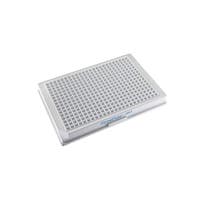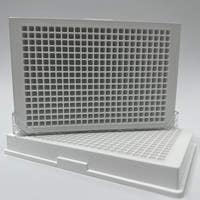
AlphaLISA Human PD-1/PD-L2 Binding Kit, 500 Assay Points


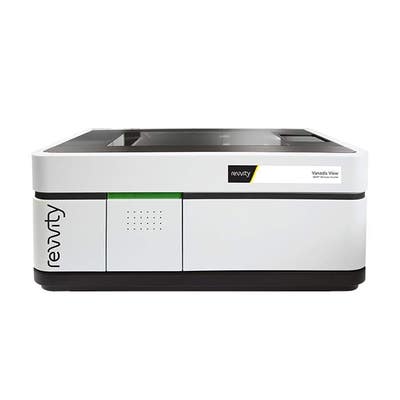 View All
View All
AlphaLISA Human PD-1/PD-L2 Binding Kit, 500 Assay Points

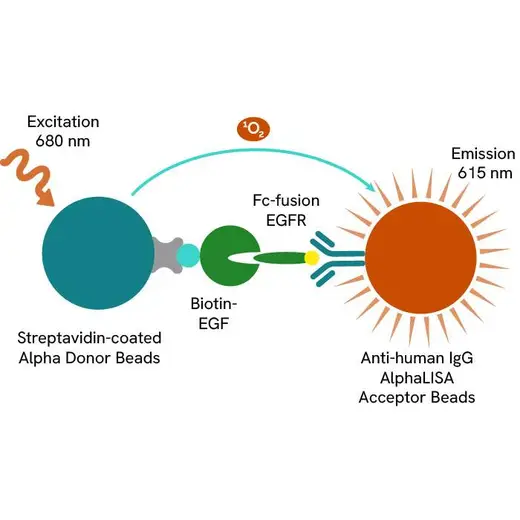
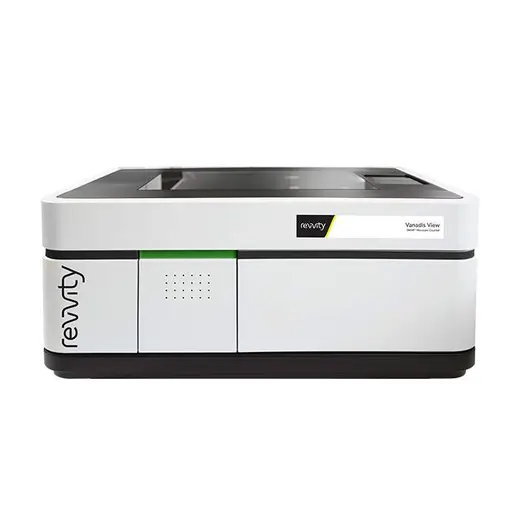
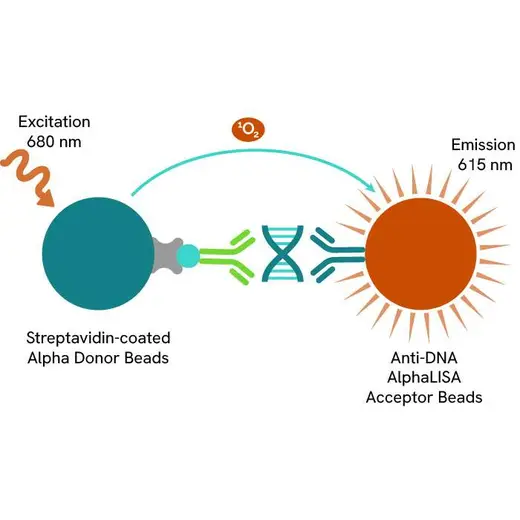
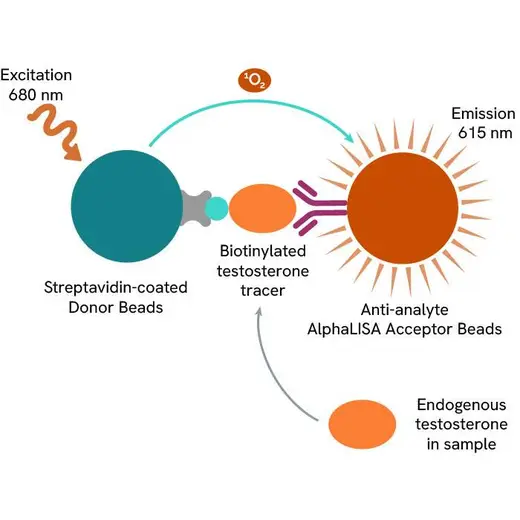

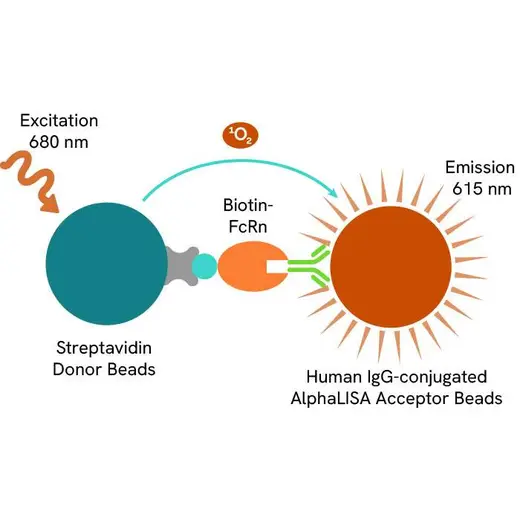
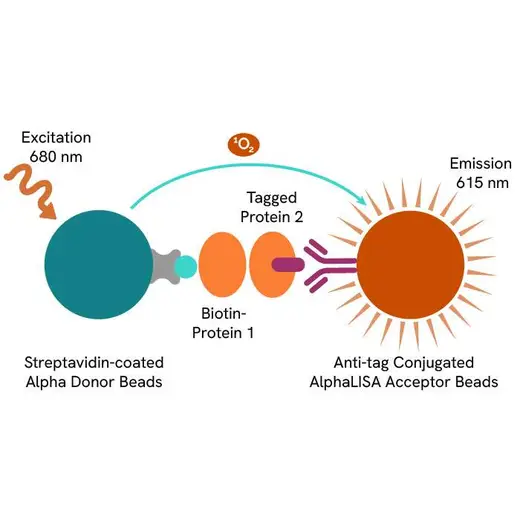
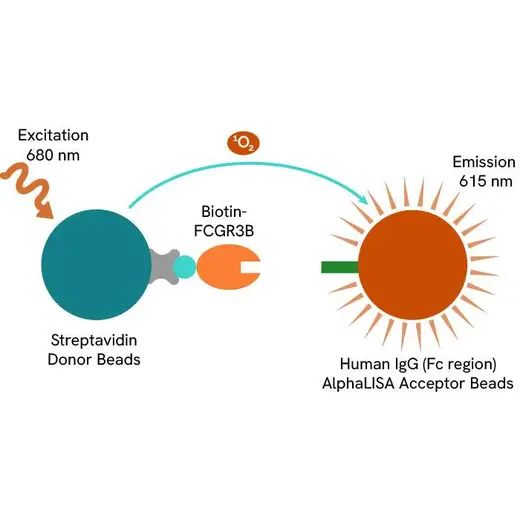
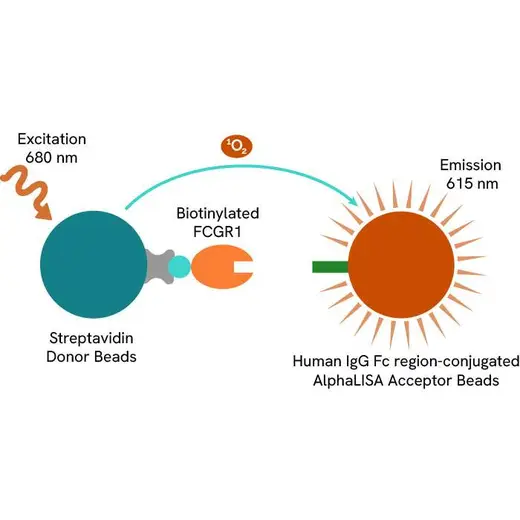
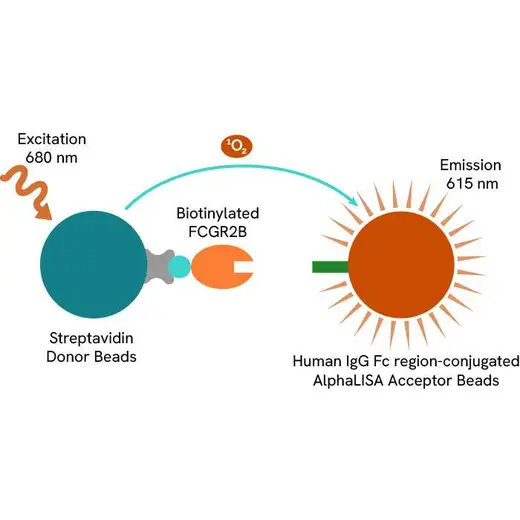













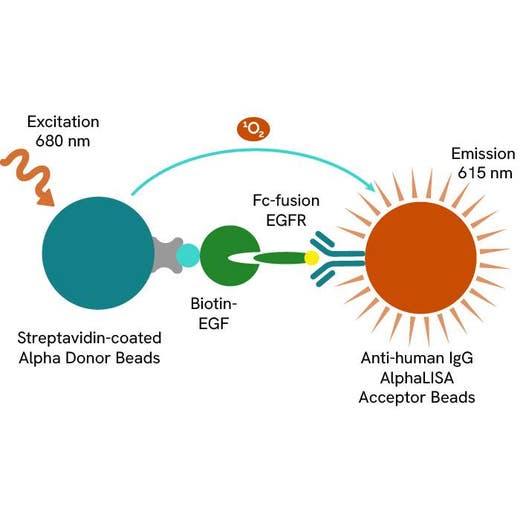
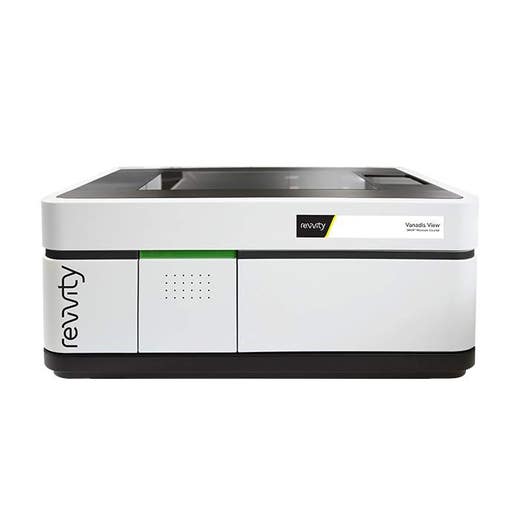
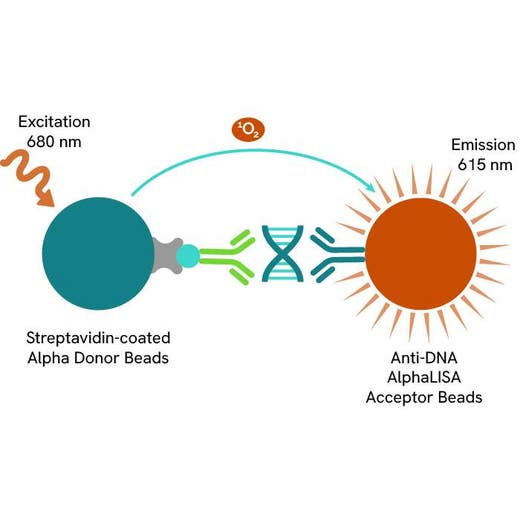


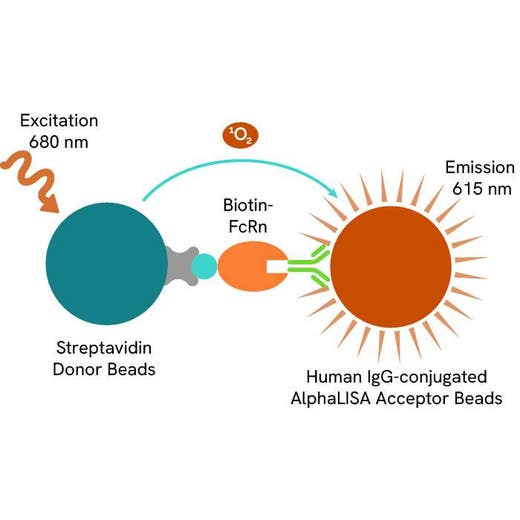
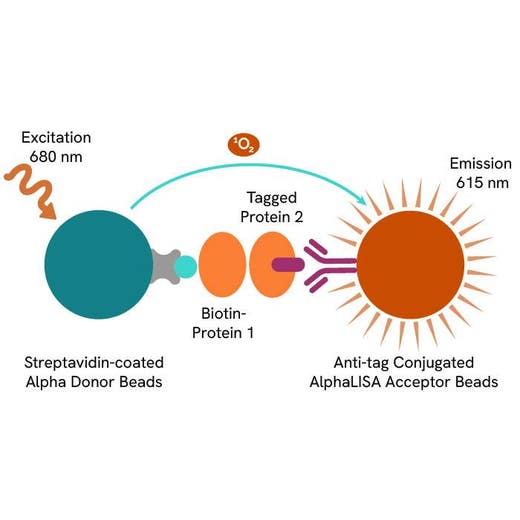
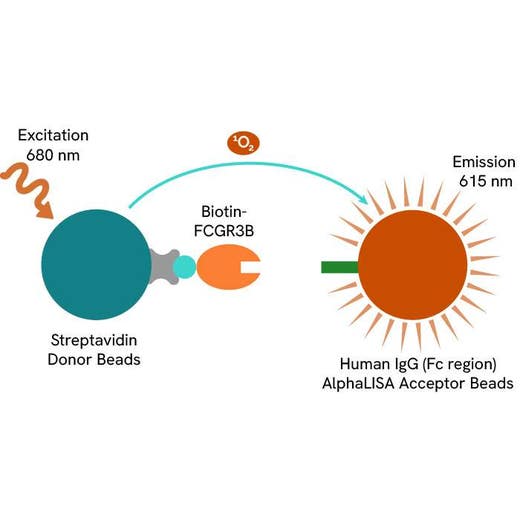
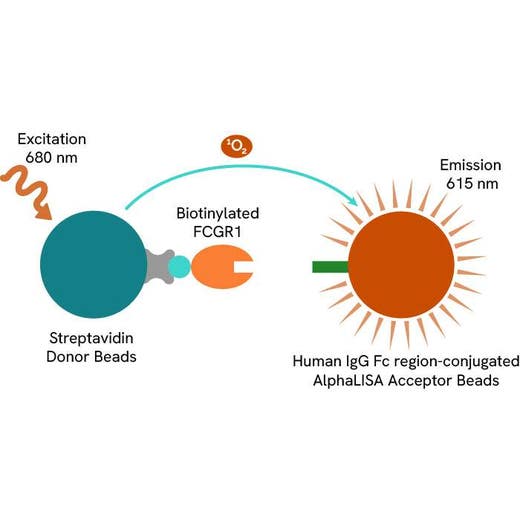
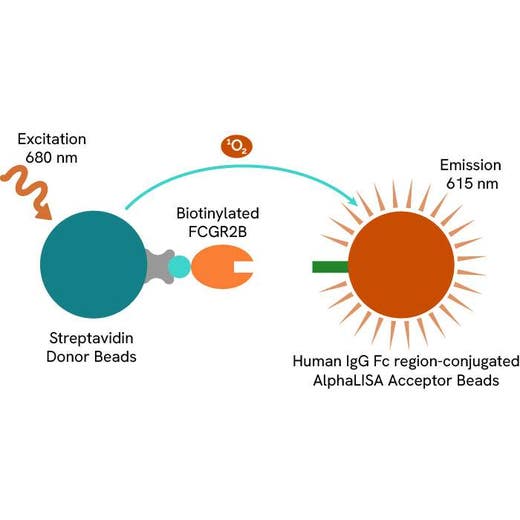












The AlphaLISA™ human PD-1/PD-L2 binding kit is designed for the detection of binding activity between human PD-1 and PD-L2, using a fast and simple homogeneous AlphaLISA assay (no wash steps). This assay can be used to screen for small molecules that inhibit binding, as a competitive ligand binding (CLB) assay to screen therapeutic blocking antibodies, and for potency assays.
For research use only. Not for use in diagnostic procedures. All products to be used in accordance with applicable laws and regulations including without limitation, consumption and disposal requirements under European REACH regulations (EC 1907/2006).
| Feature | Specification |
|---|---|
| Application | Protein-Protein Interaction |
| Sample Volume | 5 µL |
The AlphaLISA™ human PD-1/PD-L2 binding kit is designed for the detection of binding activity between human PD-1 and PD-L2, using a fast and simple homogeneous AlphaLISA assay (no wash steps). This assay can be used to screen for small molecules that inhibit binding, as a competitive ligand binding (CLB) assay to screen therapeutic blocking antibodies, and for potency assays.























AlphaLISA Human PD-1/PD-L2 Binding Kit, 500 Assay Points























AlphaLISA Human PD-1/PD-L2 Binding Kit, 500 Assay Points























Product information
Overview
This kit is designed for the detection of binding activity between PD-1 and PD-2 using a homogeneous AlphaLISA assay (no wash steps). This assay can facilitate the design and development of therapetics by using competitive binding.
Features:
- No-wash steps, no separation steps
- Ease-of-use: few addition steps, fast assay development
- Broad range of affinities: detect strong or weak interactions, from pM to mM affinity
- Distance: measure very large protein or antibody complexes – spanning up to 200 nm or more
- High avidity: multiple binding sites on each bead enables use of nanomolar concentrations of antibodies or proteins, as well as use of low affinity binders
AlphaLISA technology allows the detection of molecules of interest in buffer, cell culture media, serum and plasma in a highly sensitive, quantitative, reproducible and user-friendly mode. In an AlphaLISA assay, a biotinylated PD-1 binds to the Streptavidin-coated Alpha Donor beads, while His tagged PD-L2 is captured by Anti-His AlphaLISA Acceptor beads. When PD-L2 binding to PD-1 happens, Donor beads and Acceptor beads come into close proximity. The excitation of the Donor beads provokes the release of singlet oxygen molecules that triggers a cascade of energy transfer in the Acceptor beads, resulting in a sharp peak of light emission at 615 nm.
Programmed Cell Death 1 Ligand 2 (PD-L2), also known as cluster of differentiation 273 (CD273) or B7-DC, is one of 2 ligands that binds to programmed death 1 (PD-1), the other being programmed cell death ligand 1 (PD-L1). These two ligands are members of the B7 superfamily that provide signals for regulating T-cell activation and tolerance. PD-L2 is expressed on a subset of dendritic cells, memory B cells, and monocytes in tissues, where its highest expression has been proven to be on the liver, heart, placenta, spleen, pancreas, and lymph node. The binding of PD-L2 and PD-1 promotes IFN-gamma production and CD40 ligand up-regulation while inhibiting IL-4 production.
Specifications
| Application |
Protein-Protein Interaction
|
|---|---|
| Automation Compatible |
Yes
|
| Brand |
AlphaLISA
|
| Detection Modality |
Alpha
|
| Product Group |
Kit
|
| Sample Volume |
5 µL
|
| Shipping Conditions |
Shipped in Blue Ice
|
| Target |
PD-1, PD-L1
|
| Target Class |
Binding Assay
|
| Target Species |
Human
|
| Technology |
Alpha
|
| Therapeutic Area |
Immuno-oncology
|
| Unit Size |
500 Assay Points
|
Image gallery






















AlphaLISA Human PD-1/PD-L2 Binding Kit, 500 Assay Points






















AlphaLISA Human PD-1/PD-L2 Binding Kit, 500 Assay Points






















Video gallery

AlphaLISA Human PD-1/PD-L2 Binding Kit, 500 Assay Points

AlphaLISA Human PD-1/PD-L2 Binding Kit, 500 Assay Points

Resources
Are you looking for resources, click on the resource type to explore further.
A healthy immune system protects the body, but dysfunction can lead to autoimmune diseases affecting various organs. Despite over...
Advance your autoimmune disease research and benefit from Revvity broad offering of reagent technologies
Chimeric antigen receptor (CAR) T-cell therapy has transformed the field of immuno-oncology providing a novel approach to treating...
SDS, COAs, Manuals and more
Are you looking for technical documents related to the product? We have categorized them in dedicated sections below. Explore now.
-
LanguageEnglishCountryUnited States
-
LanguageEnglishCountryEU
-
Lot number3274908Lot dateMarch 19, 2024Name
-
Resource typeManualLanguageEnglishCountry-


How can we help you?
We are here to answer your questions.































